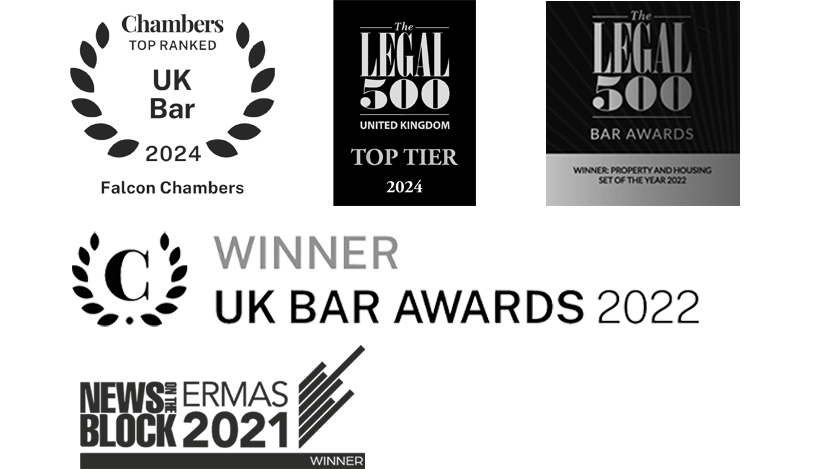Alexander Devine Children’s Cancer Trust v. (1) Millgate Developments Ltd and (2) Housing Solutions Ltd
The Court of Appeal has reversed a decision of the Upper Tribunal (Lands Chamber) (Martin Rodger QC and Paul Francis FRICS) ([2016] UKUT 0515 (LC)) by which it granted the retrospective modification of restrictive covenants under the public interest limb of ground (aa) of section 84 of the Law of Property Act 1925 so as to facilitate a social housing development.
Emily Windsor acted for the successful appellant.
Millgate was the developer of an affordable housing development at Exchange House, Maidenhead, Berkshire. At the time of its construction work, Millgate was aware that thirteen of the houses were being constructed in breach of restrictive covenant. Having completed the development, Millgate applied to the Upper Tribunal for the modification of the restrictive covenants. The adjoining landowners, the trustees of a children’s hospice, objected to the application.
Under the terms of a Section 106 agreement entered into with the local authority, Millgate’s ability to market luxury homes elsewhere was conditional upon the provision of the affordable housing at the Exchange House site. As a result of the hospice’s objections to the development, Millgate negotiated a variation of the Section 106 agreement so as to permit a payment of £1,639,904 in substitution for its original obligation to provide the affordable housing units.
The Upper Tribunal accepted that the covenants secured practical benefits for the hospice land which were of substantial value or advantage, and therefore held that the first limb of ground (aa) was not made out. However it held that the public interest in the affordable housing being in existence was sufficiently important and immediate to justify the exercise of the Tribunal’s power to modify the covenants under the second limb of ground (aa).
The Court of Appeal disagreed. It held that: (1) The Tribunal had fallen into error in applying Lord Sumption’s guidance in Lawrence v. Fen Tigers [2014] AC 822, a case where an injunction was claimed to restrain noise nuisance, in the context of an application under Section 84. Such analysis failed to give proper weight to the nature of the private property rights in issue in this context. (2) When applying the “contrary to the public interest” test in the second limb of Section 84(1A) it was necessary to consider whether an applicant had made fair use of the Section 84 procedure in advance of acting in breach of covenant. There might be reasons in any particular case why it was not possible to make a prospective application. However in general terms it was in the public interest that property rights and the procedural dimension of Section 84 should be upheld and protected. Since Millgate had deliberately circumvented the proper procedures for making a timeous tribunal application, without excuse, the Upper Tribunal could not properly be satisfied that it was contrary to the public interest for the restrictive covenants to remain in place. (3) By failing to have proper regard to the fact that the local authority had agreed to accept alternative provision for affordable housing, the Tribunal further erred in its assessment of whether the public interest limb of ground (aa) was made out. The Tribunal should have found that this was a further reason why the public interest limb was not made out. Furthermore, even if any discretion had arisen, the Tribunal plainly erred in not bringing the possibility of such alternative provision into account and refusing to exercise its discretion on this basis. (4) Since Millgate had acted in a high-handed way by breaching the restrictive covenants without any justification or excuse, the appropriate course for the Tribunal, having regard to the need for the protection of the trust’s rights and the general public interest in having the Section 84 procedure invoked at the right time and in the proper manner, was to exercise any discretion by refusing Millgate’s application.
The judgment is here
Back to news listing


